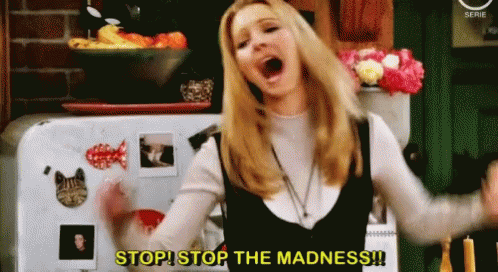Almost entirely wrong.
You did get this right: "Before some of these guys who think they know it all argued me telling me i was wrong,..." And you're still wrong.
Joe
You are.
i said this before the videos was made and now got 2 others who back up what i said,
if you think ISO is part of the Exposure triangle then you don't know much about digital photography and are confused with FILM photography.
this is a fact and for you to just say i'm wrong doesn't change them facts,
Want to prove me wrong show me some hard facts (Evidence) Prove me wrong, i would love to see the proof..
Ok so i said this before, about ISO not real in Digital Camera's.
View attachment 170665
There's a digital camera and there it is: ISO. It's real.
here is the True fact, the ISO setting in your camera is not applied at the time the picture is taken,
it's applied AFTER THE PICTURE IS TAKEN,
Partially correct. What ISO does in processing your image does occur a few nanoseconds after the shutter closes. What ISO does to the meter in your camera however occurs before the picture is taken.
all it is, is applied GAIN
That is wrong. the ISO standard does not specify how the image data is processed. Gain and/or amplification of the analog sensor signal is one method used but not the only method used. It is incorrect to just make the blanket statement that ISO is applied GAIN. In a Nikon D7000 for example all ISO values above 1000 are implemented without analog amplification. Here's proof:
Photographic Dynamic Range versus ISO Setting
to amplify the Exposure for lower lighting that is it and it degrades your picture doing that as well the higher the Applied gain (ISO) Setting the more noise and degradation in your image.
In cameras where there is analog gain applied the process tends to reduce noise not create more noise. You're confused about the process.
Turing up your ISO is just like taking your under exposed picture in lightroom and increasing the Exposure setting to make the picture well exposed, that is all it is..
You just said ISO "is applied GAIN." Now you just said it's not. Lightroom certainly can't apply gain to the data inside your camera now can it. You're going to have to make up your mind which incorrect statement is the one you want to be wrong about.
The ISO is applied well after your picture is taken..
I think it's fair to say that "well after" and a few nanoseconds aren't the same thing.
Before some of these guys who think they know it all argued me telling me i was wrong, but what i'm saying is the truth,
here is another fact if you take a picture with one full frame camera at 800 ISO
and compare it to another full frame camera by another camera manufacture company the images will not always be the same in other words some camera manufactures misrepresent what ISO 100 or 500 really is, to make it look like their camera take better pictures at a higher ISO setting them other which is all a lie.
Absolutely you are wrong about that. And here's proof of that:
http://www.cipa.jp/std/documents/e/DC-004_EN.pdf The camera manufacturers do a very good job of following the standards and they note in the EXIF data with the images what standard they are applying.
Are you feeling manipulated yet??
yeah ISO is NOT part of the exposure triangle at all. NOT IN DIGITAL Photography!!!!
The Exposure Triangle - A Beginner's Guide
The Exposure Triangle in Nature Photography
Exposure Triangle - How ISO, Shutter Speed, Aperture Affect Exposure
The Exposure Triangle Reloaded
The Exposure Triangle Explained - Shutter Speed, Aperture, and ISO | Click and Learn Photography
Exposure: The Exposure Triangle
You're confused. You're probably trying to parrot something you heard about ISO not being part of exposure which would be technically correct. But The Exposure Triangle exists and is used by many and ISO is certainly part of it.
ISO is really applied gain..
don't believe me here is 2 other sources who say the exact same thing...
You've got to stop watching Ken Wheeler. He blathers on about nonsense just to create worthless clickbait to make a buck.
Joe













